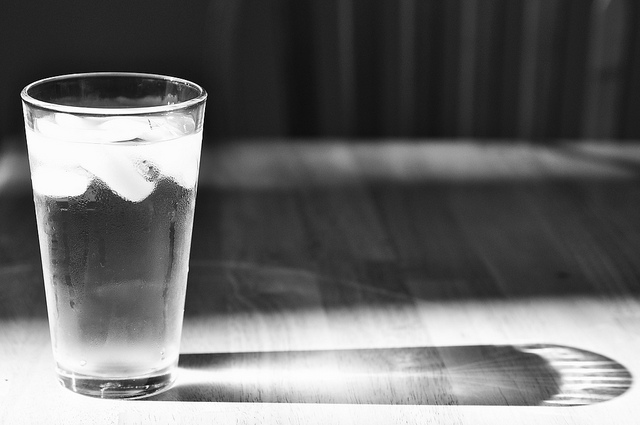Nothing ruins the gratification of clearing your bowels more than the unpleasant and painful hemorrhoid. Hemorrhoids, a medical condition also known as piles, often causes bleeding from the anus or lower rectum as a result of swollen and inflamed veins in the area. Hemorrhoids often heal themselves, but the pain can be addressed by taking warm baths or using over-the-counter creams for pain.
There are two types of hemorrhoids: internal and external. Internal hemorrhoids aren’t visible since they are further inside the rectum. Typically, these hemorrhoids don’t cause pain, but they can bleed. Internal hemorrhoids can sometimes swell up and protrude from the anus, making them visible and more painful than normal. This is called a prolapse. Often, the prolapsed hemorrhoid will heal itself.
External hemorrhoids form outside the rectum and in the anus. Since the anal sphincter has pain-sensing nerves, external hemorrhoids are typically very painful, especially during bowel movements. External hemorrhoids can form clots and bleed, but these can usually be removed by your doctor without risks.
Image Source: Catherine Delahaye
There is no known cause of hemorrhoids, though many believe that some people have genetic tendencies to develop them as a result of delicate veins. However, other associated reasons may include obesity, pregnancy, and straining during bowel movements. Generally, softening your stools naturally will prevent hemorrhoids by reducing pressure and strain. You should drink plenty of water, include ample fiber in your diet, and exercise regularly. High fiber foods include whole grains, nuts, seeds, beans, vegetables, and fruits.
In addition, don’t hold the urge to go to the bathroom—if you’ve got to go, you’ve got to go! For extreme cases, some medical treatments may also be available. Rubber band ligation is a treatment for hemorrhoids involving tying a medical rubber band around the base of the hemorrhoid to cut off blood flow to the area and force it to shrink. Sclerotherapy and infrared coagulation use a chemical solution and heat respectively to shrink the hemorrhoid. These treatments should only be performed by a medical professional.
Seeing blood in your stools can be scary, so discovering hemorrhoids can be a stressful experience. Hemorrhoids themselves are not very dangerous, but making important lifestyle changes, especially in diet, can help prevent them and aid in the healing process. Never assume that bloody stools are a result of hemorrhoids; this symptom can be a marker for dangerous conditions, including cancer. Make sure to check with a doctor as soon as possible if you notice blood in your stools!
Feature Image Source: A Tall Glass of Water by Enid Martindale










